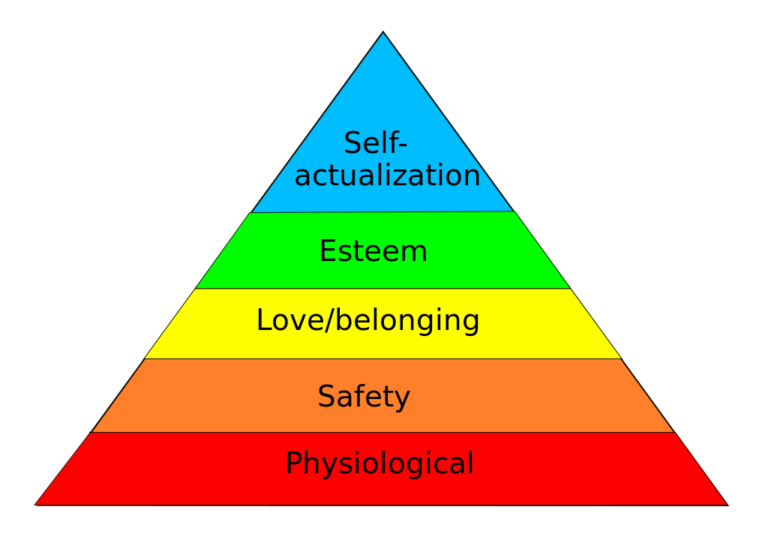Black Lives Matter, Presidential Candidates, Sit Down
Popular media coverage of Black Lives Matter in this presidential primary season often portrays activists in the movement as a less than civil bunch. Reporters tend to focus on their loudest, not their most civil, tactics. The group got a lot of attention, for example, for their action this past August 8, in which activists – according to Time online – interrupted Democratic presidential candidate Bernie Sanders at a rally in Seattle, stopping the politician from speaking. Two women and a man, the article explains, shoved Sanders aside, grabbed the microphone, and addressed the crowd themselves.

According to The Las Vegas Sun, Jeb Bush saw a similar disruption in Nevada just days later. And so did Hillary Clinton at a rally in New Hampshire.
But disruption is only one tactic that Black Lives Matter employs. And while the group may seem to privilege the adversarial over the civil at times, this article at Medium by DeRay Mckesson shows us that this is just the beginning of the story, and that civility, too, is well within the group’s arsenal of tools.
Mckesson, who is himself a Black Lives Matter activist, updates readers on a series of meetings that he and others have had these past few weeks with candidates Hillary Clinton and Bernie Sanders, and on their plans to sit down for discussions with other candidates including Ben Carson, Marco Rubio, and Martin O’Malley.
The movement, according to what Mckesson has written, seems to take a page from the Institute’s own Student Legislative Seminars. In the Student Legislative Seminars, teams of high school students led by Institute officers choose and research one exigent problem, decide their positions on the issues together through active dialogue with one another, then meet – in this case with members of Congress and their staff – to share their concerns and opinions. The process requires that students find consensus. And it requires that they are able to advocate forcefully for their needs and beliefs while at the same time respecting others’ positions.
The Black Lives Matter strategy is not exactly this one, but it’s close. Mckesson writes that in preparation for meeting with the candidates, activists do extensive research: they review their previously stated policy positions and the campaigns published platform, in order to develop specific questions on focused topics.
He writes that they choose a relatively narrow list of topics about which to talk: issues related to policing, income inequality, marijuana legalization, legislative avenues to address racial inequality, and civil asset forfeiture in the case of Bernie Sanders; and criminal justice reform, prison privatization, and violence against the black trans community in the case of Hillary Clinton.
He tells us that the group recognizes that it is not just the candidate, but also their aides, who need to be involved. The staff, he writes, are often best versed in the details of specific legislation or policies.
And he tells us that, regardless of party affiliation, the movement is open to meeting with any candidate seeking to be the next President to discuss these ideas.
Based on Mckesson’s description, not everything about these interactions seems conventionally civil. The article repeatedly uses the term push to describe how activists interact with candidates. As in:
We pushed HRC to clarify her position on demilitarizing the police, pushing her to go beyond ending the use of federal funds by police departments to buy military equipment.
But pushing, from the perspective of the activists, may not be unwarranted. As Patrisse Cullors wrote in a recent Washington Post op-ed, there is a perception that the Democratic Party in particular has milked the Black vote while creating policies that completely decimate Black communities. And besides, there is no reason, from a civility perspective, not to advocate forcefully for your needs and beliefs as long as that forcefulness is tempered by respect and a willingness to listen.
And those two last elements do indeed seem to be present. Mckesson accepts Hillary Clinton’s response on police militarization, for example, when he says that she wanted to do more research before she can take a position. And he writes that – in the style of an honest discussion – Bernie Sanders pushed back in a discussion of income vs. wealth inequality: he sought to gain clarity on some of the data before he could come to any particular conclusion.
The results of these meetings have been productive. Mckesson writes that both Sanders and Clinton have released policy papers based partly on their outcomes, and that some of the ideas discussed made it into the recent Democratic debate.
But for our purposes on The Civility Blog, there are two issues that are even more important than any specific result. The first is that the Mckesson article offers further confirmation of media filtering: that media-generated narratives about most things – and especially issues related to race, class, or activism – are thoroughly shaped for one primary purpose: the project of attracting eyes and therefore selling ads.
The second important piece that we get from the Mckesson article is what amounts to a model. One thing we’ve seen in the media’s coverage of Black Lives Matter is that their tactics are often not in fact civil. But it doesn’t have to be that way. The sorts of meetings that Mckesson describes offer a way forward through discussion and the thoughtful exchange of ideas that is effective even, or perhaps especially, when the issues at hand are dire and require redress.
One could make the argument – and not be wrong – that without the direct action, without disrupting presidential candidates’ rallies, these meetings would never have happened at all. But more than a defense of this sort of incivility, that assertion suggests an important question: what steps can we take in our political culture so that more people – and especially young people of color – can have their voices heard and their needs met without having to stand up and shout?


Kathleen Riley Goeppinger liked this on Facebook.
the Institute for Civility in Government liked this on Facebook.